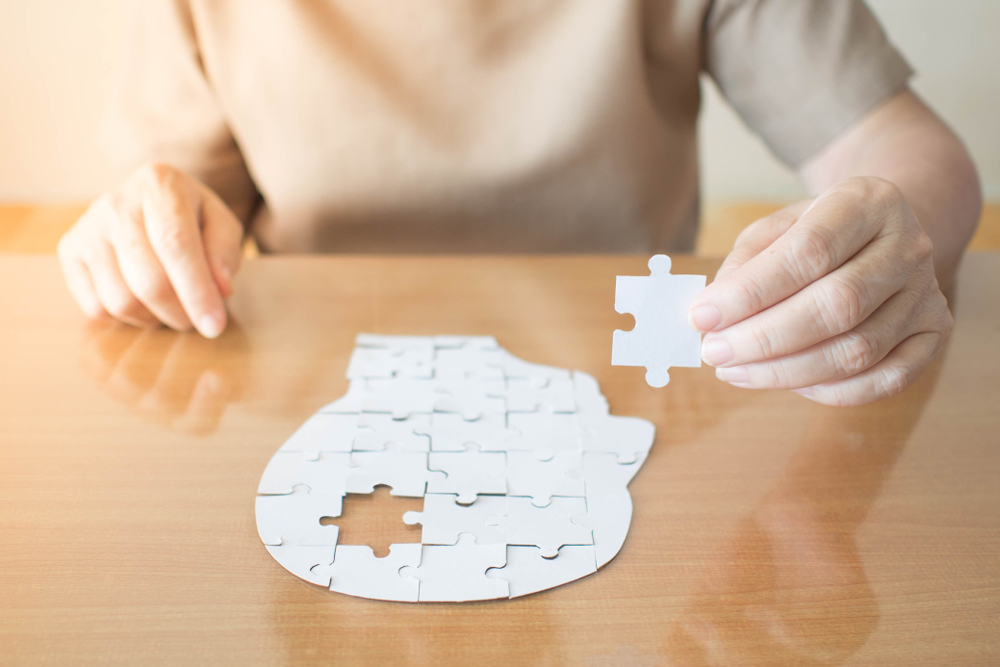Mind Games: The Fascinating Evolution and Impact of Puzzles Across Cultures
Puzzles are a universal fascination, captivating minds and providing endless entertainment across all cultures and ages. From ancient riddles to contemporary escape rooms, puzzles challenge our intellect and creativity, offering mental stimulation and a sense of accomplishment once solved. But what exactly makes puzzles so engaging, and how have they evolved over time? Let's explore the intriguing world of puzzles and their impact on our intellectual lives.

How Did Ancient Civilizations Use Puzzles?
The history of puzzles dates back thousands of years, with ancient civilizations creating complex riddles and mathematical challenges. In Ancient Egypt, hieroglyphic puzzles adorned tomb walls, while Chinese tangram puzzles emerged around 800 CE. These early puzzle forms often carried deep cultural significance, used in religious ceremonies, education, and royal entertainment.
What Sparked the Modern Puzzle Revolution?
The Birth of Jigsaw Puzzles marked a significant turning point in the 18th century when John Spilsbury created the first jigsaw puzzle as an educational tool. These early wooden puzzles, initially used to teach geography, quickly evolved into popular entertainment forms, setting the foundation for modern puzzle development.
How Did 3D Puzzles Transform the Industry?
The introduction of 3D puzzles brought a revolutionary dimension to problem-solving entertainment. From architectural models to complex geometric shapes, these puzzles challenge spatial awareness and logical thinking in unique ways. Modern 3D puzzles range from simple cube designs to intricate mechanical puzzles with thousands of pieces.
What Role Do Puzzles Play in Cognitive Development?
Research shows that engaging with puzzles enhances various cognitive skills. 3D puzzles, in particular, improve spatial reasoning, problem-solving abilities, and hand-eye coordination. Regular puzzle-solving has been linked to better memory retention, increased concentration, and delayed cognitive decline in aging populations.
How Have Digital Technologies Influenced Puzzle Evolution?
The digital age has transformed traditional puzzles into interactive experiences. Virtual 3D puzzles, augmented reality challenges, and online puzzle platforms have made these brain teasers more accessible while introducing new solving mechanics and social aspects to the puzzle-solving experience.
What Are Today’s Most Popular 3D Puzzle Options?
| Puzzle Type | Average Price Range | Complexity Level |
|---|---|---|
| Rubik’s Cube Variants | $15-30 | Beginner to Expert |
| Architectural Models | $25-100 | Intermediate |
| Mechanical 3D Puzzles | $30-150 | Advanced |
| Crystal 3D Puzzles | $20-40 | Beginner |
| Metal Assembly Puzzles | $15-50 | Intermediate |
Prices, rates, or cost estimates mentioned in this article are based on the latest available information but may change over time. Independent research is advised before making financial decisions.
The evolution of puzzles reflects humanity’s endless fascination with problem-solving and mental challenges. From ancient riddles to modern 3D puzzles, these brain teasers continue to adapt and evolve, offering new ways to exercise our minds while entertaining us. As technology advances, the future of puzzles promises even more innovative and engaging experiences that bridge traditional problem-solving with cutting-edge interactive elements.




